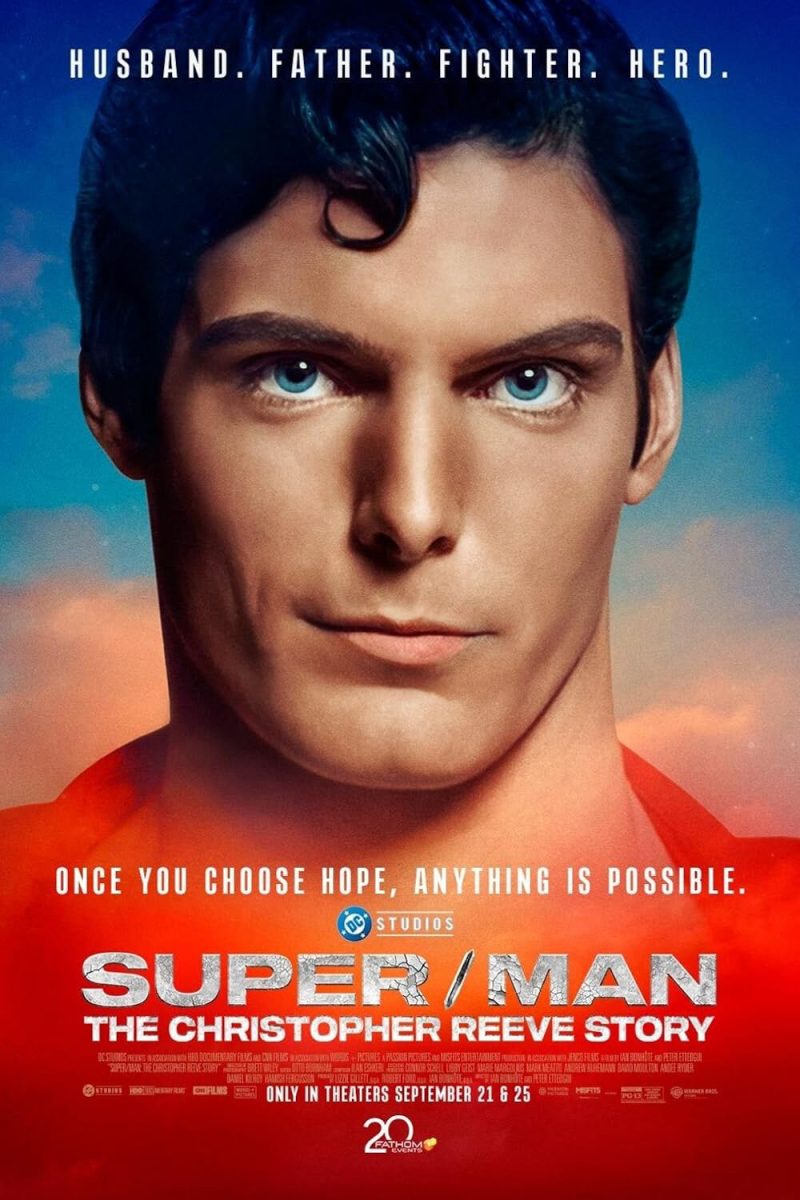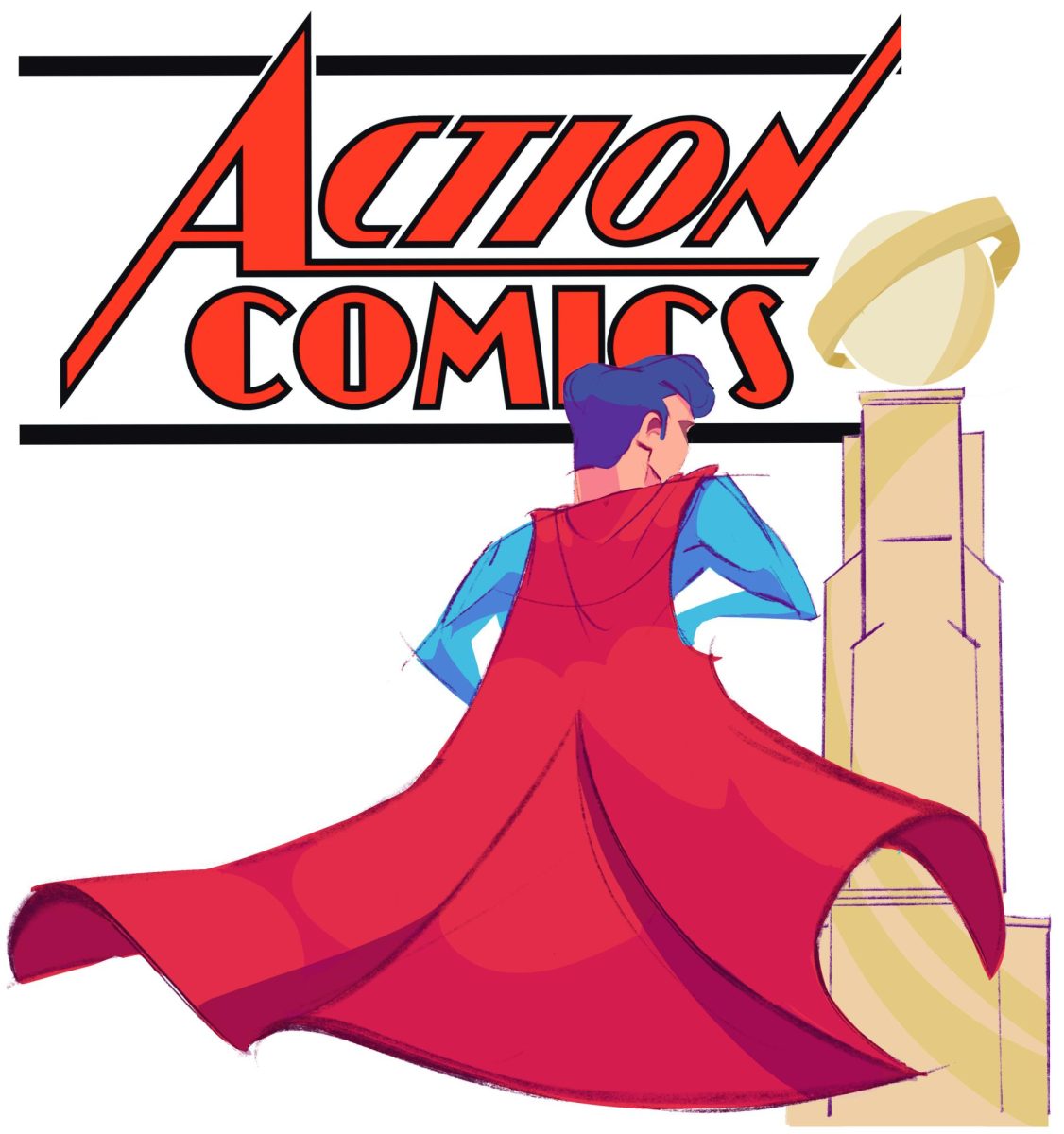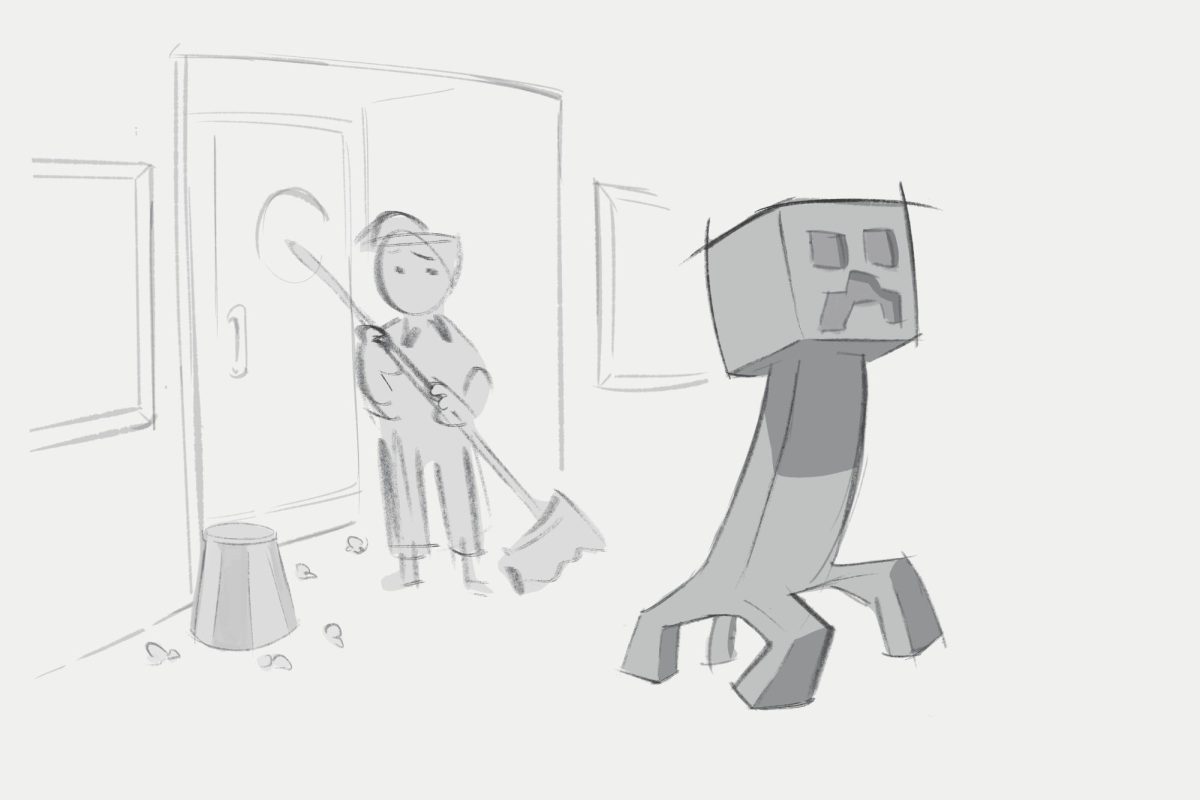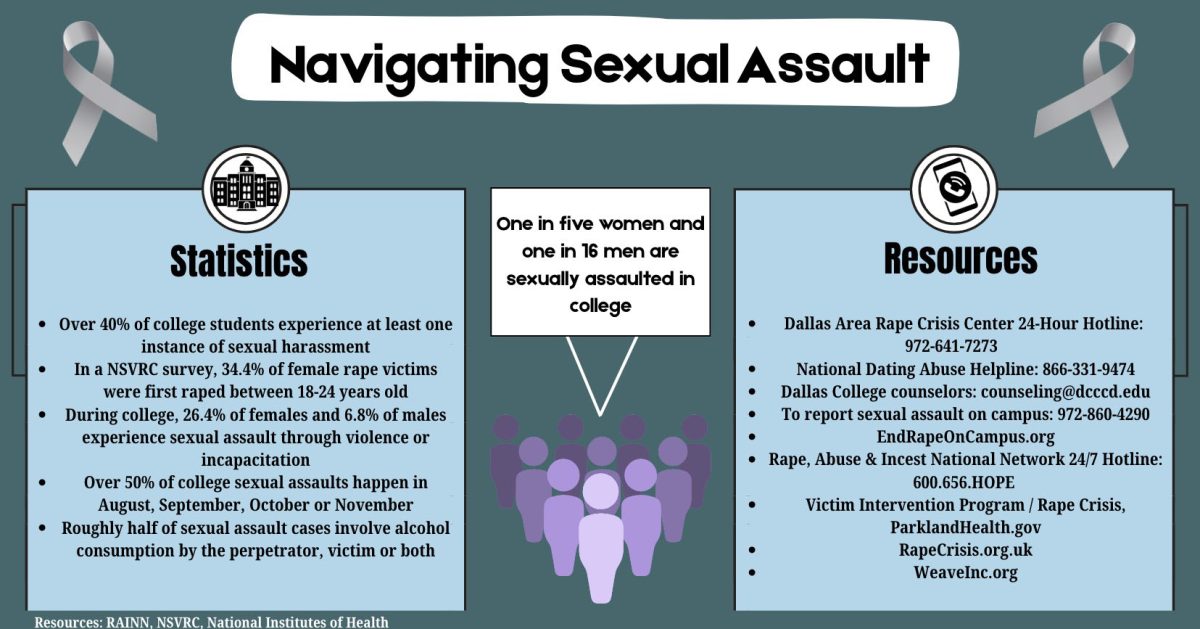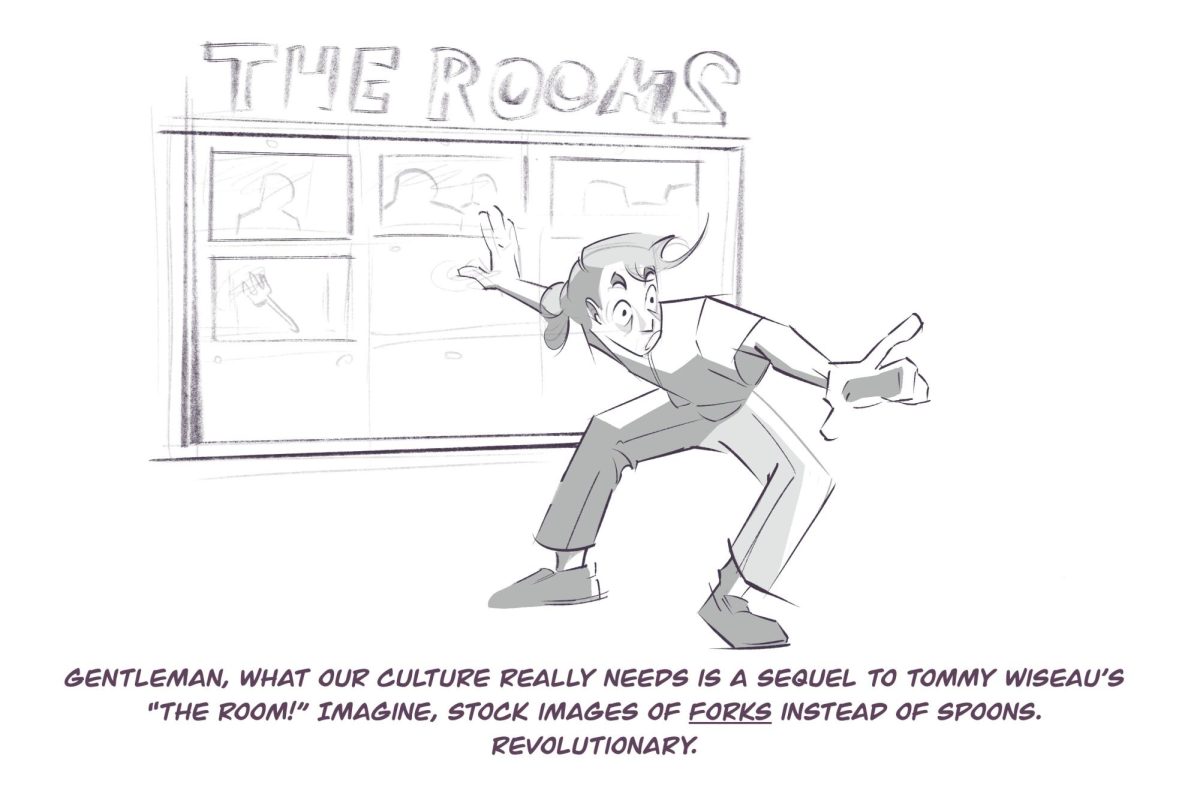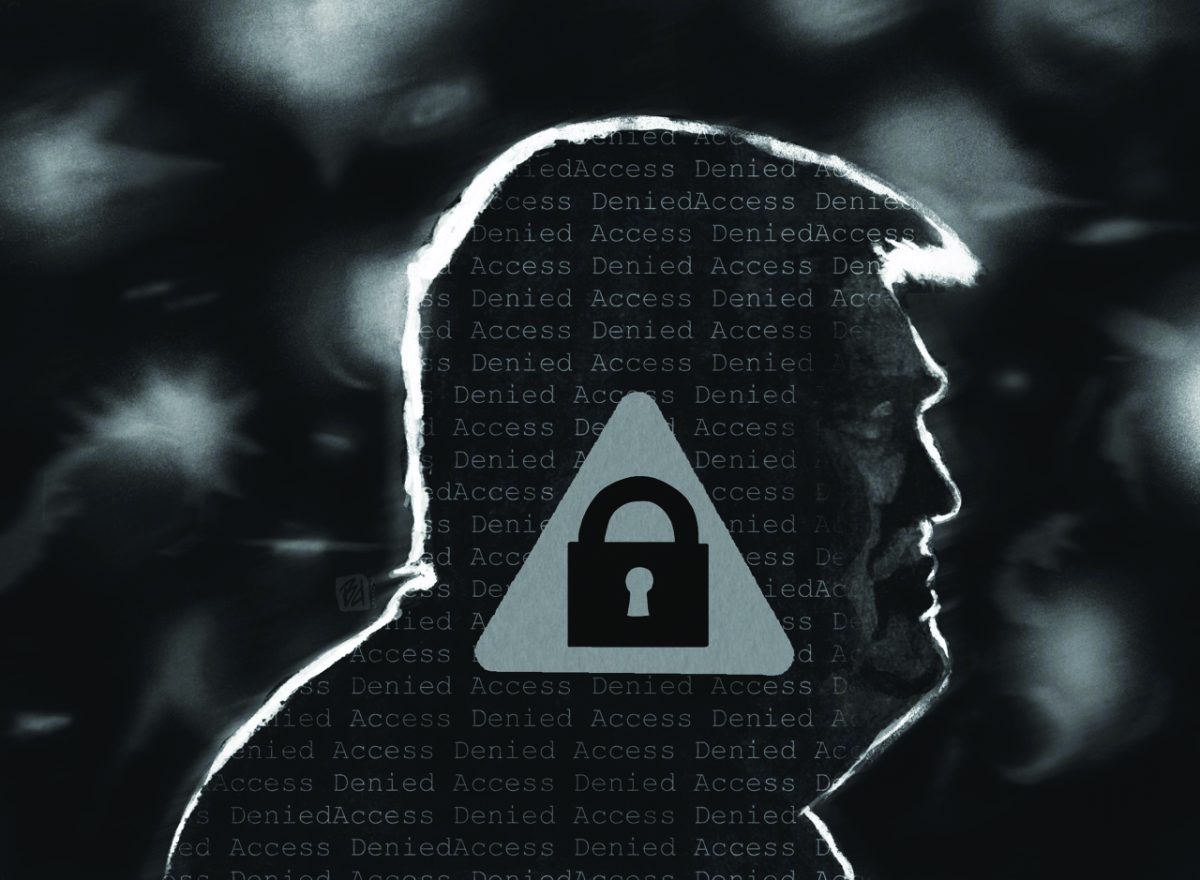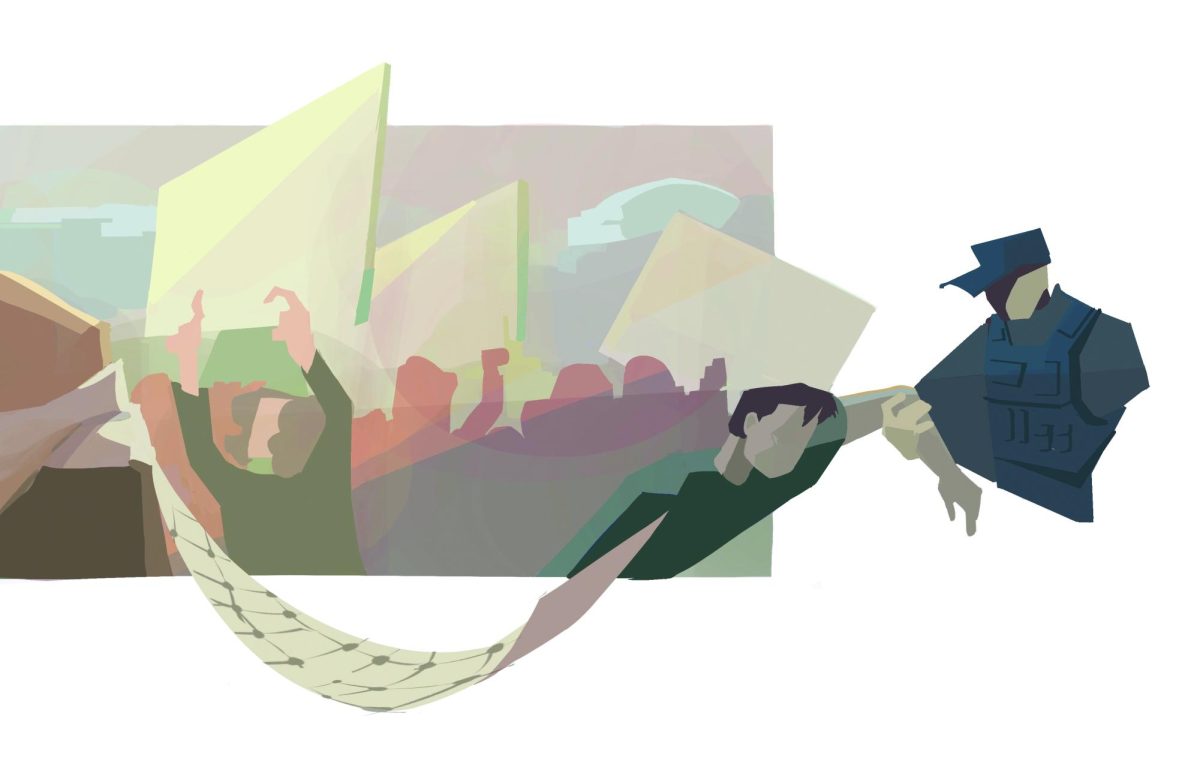Critical Review
By Jubenal Aguilar
Managing Editor
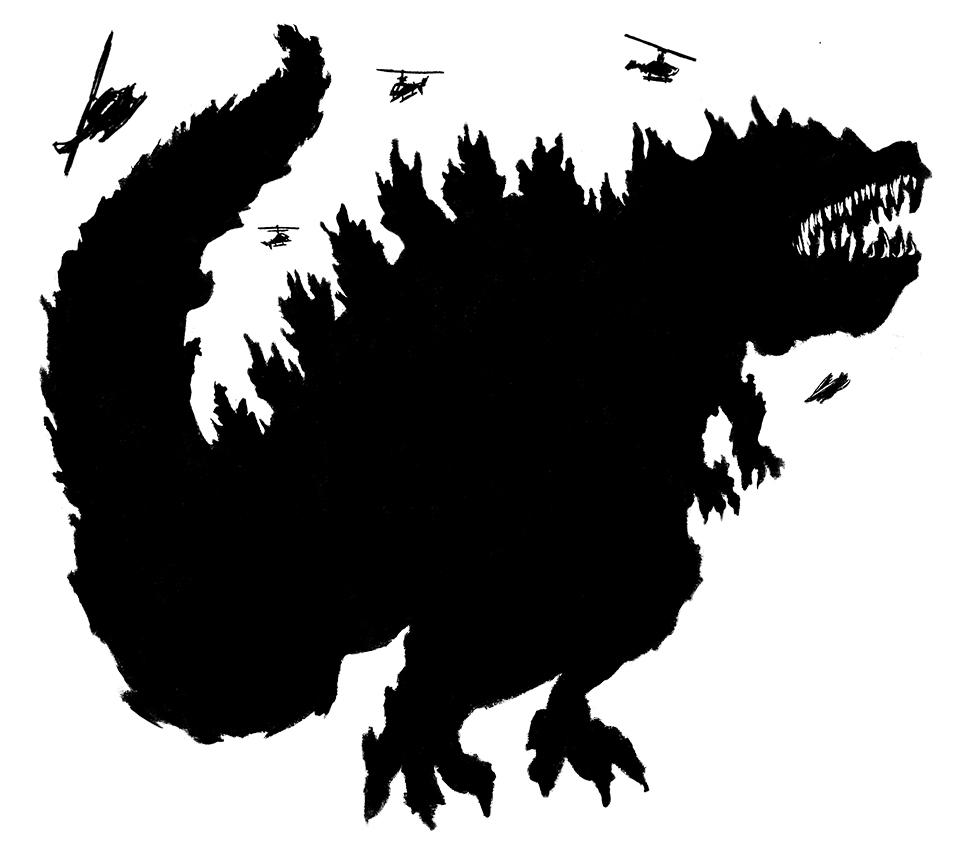
The King of the Monsters returns to the big screen in “Godzilla Resurgence,” directed by Hideaki Anno and Shinji Higuchi, the franchise’s 31st film to unleash chaos and devastation upon Japan. This is the 29th production by parent company Toho Company and the first Japanese Godzilla production in 12 years since “Godzilla: Final Wars.”
The film was released July 29 in Japan and had a limited theatrical release Oct. 11-18 in the U.S. by Funimation Films under the title “Shin Godzilla.”
MEETINGS ON END
An unknown accident in Tokyo Bay’s Aqua Line occurs, causing the assembly of an emergency cabinet. This is the first of countless meetings and committee gatherings in the film.
The meetings and board discussions drag along endlessly as Godzilla leaves a path of destruction wherever it goes. The ineffectiveness of the government is evident as officials move from one meeting to another trying to figure out what is happening.
TOO MANY CHARACTERS
With each meeting, multiple characters are introduced – superintendents, ministers, bureau chiefs, cabinet secretaries, scientists – most of them irrelevant to the overall plot of the movie. By the time Godzilla reaches land, dozens of characters have been introduced – so many that the human element of the film is almost completely lost in the maze of meetings, committees and appointments.
Of the dozens of characters, only a handful are memorable or easily recognizable. One is Rando Yaguchi (Hiroki Hasegawa), Japan’s deputy chief cabinet secretary and the only one convinced the initial incident was caused by a living creature. He later leads a team of “misfits and outcasts” who use social media and modern technologies to find out what Godzilla is.
Kayoko Ann Patterson (Satomi Ishihara), a Japanese-American and special U.S. envoy, is sent to trade intelligence with the Japanese. Her American attitude is a clear contrast to the Japanese social norms.
Both have aspirations to be prime minister and president of their respective countries in the future.
RED TAPE
The excessive bureaucracy and red tape that must be navigated just to consider the possibility of military action against the giant monster is a satirical reference to the Japanese government’s response after the 2011 Tōhoku earthquake and tsunami, resulting in the Fukushima Daiichi nuclear disaster at a nuclear power plant.
Japanese customs and ideals are highly enforced during the meetings. The strict social code is a clear impediment and exposes the apparent ineffectiveness of the government.
Japanese and international laws take a much more important role than human emotions as the government tries to figure out what to do. The nation’s laws don’t provide a precedent for the use of military action against pests. That is what Godzilla is called – a pest – but the mutant lizard soon becomes more than a simple nuisance for the nation.
GODZILLA RESURGES
“Shin Godzilla” depicts a monster developed from radioactive contamination in the sea and is capable of an accelerated evolutionary process.
Godzilla first appears like a giant tadpole with hind legs and large googly eyes – evidence of its infancy. As it moves along, the new creature exhales blood out of its gills. After a drastic and unexpected evolutionary leap, the attacker returns to the sea.
Life quickly returns to normal. Only Rondo’s team continues to make plans for Godzilla’s next landing.
Weeks later, Godzilla returns with a familiar appearance and is taller than in any incarnation of previous films. A tail twice as long as its body extends much further than any other iteration of Godzilla before. Still evolving, its muscles appear to not be completely formed. It looks like Godzilla is melting and crumbling upon its weight. However, the decayed appearance is merely an illusion.
A shift in governmental thinking occurs as Prime Minister Seiji Okochi (Ren Ohsugi) authorizes an attack on Godzilla to prevent it from entering Tokyo. The Special Defense Forces are mobilized for a massive strike. The attack quickly escalates in force, but the entire might of the SDF is insignificant against Godzilla’s armor-thick skin.
Nothing stops the King of the Monsters as it continues to rampage mercilessly through Tokyo.
When the U.S. offers intervention in exchange for full access to the creature, the Japanese government reluctantly agrees. However, the B-2 bombers have little effect on Godzilla as it reaches its full potential and unleashes an obliterating firestorm, decimating three prefectures, or districts, of Tokyo.
Godzilla’s new destructive atomic breath is perhaps the most devastating version ever shown. It quickly concentrates its spewing hellfire into an unstoppable amethystine color laser.
In its merciless assault, Godzilla annihilates the weak government.
Godzilla’s overwhelming retaliation exhausts its energy and turns to hibernation to recharge amid the destruction and devastation left behind.
A NEW BEGINNING
The new government faces a two-front threat – Godzilla will soon awake from its slumber, and a U.S.-led coalition is more than willing to destroy the sleeping monster with a thermonuclear weapon before it wakes up and continues its evolutionary process.
Refusing to be bystanders in the wake of Tokyo’s imminent destruction, the Japanese devise a final attempt to stop Godzilla. An ingenious plan, Operation Yashiori, using drones, trains and cranes is set in motion to make every effort to stop it.
In the end, the threat of Godzilla is still present. Man must learn to live with, and evolve with, the monster or succumb to its immense power.
Though boring board and committee meetings drag the film down, Toho’s reboot of the King of the Monsters is a worthy installment to the 62-year-old franchise. The film keeps the horror elements, though updated for modern times, that made “Gojira,” the original movie, an instant classic. Returning to the franchise’s original roots is the right decision for the destroyer of Japan.



